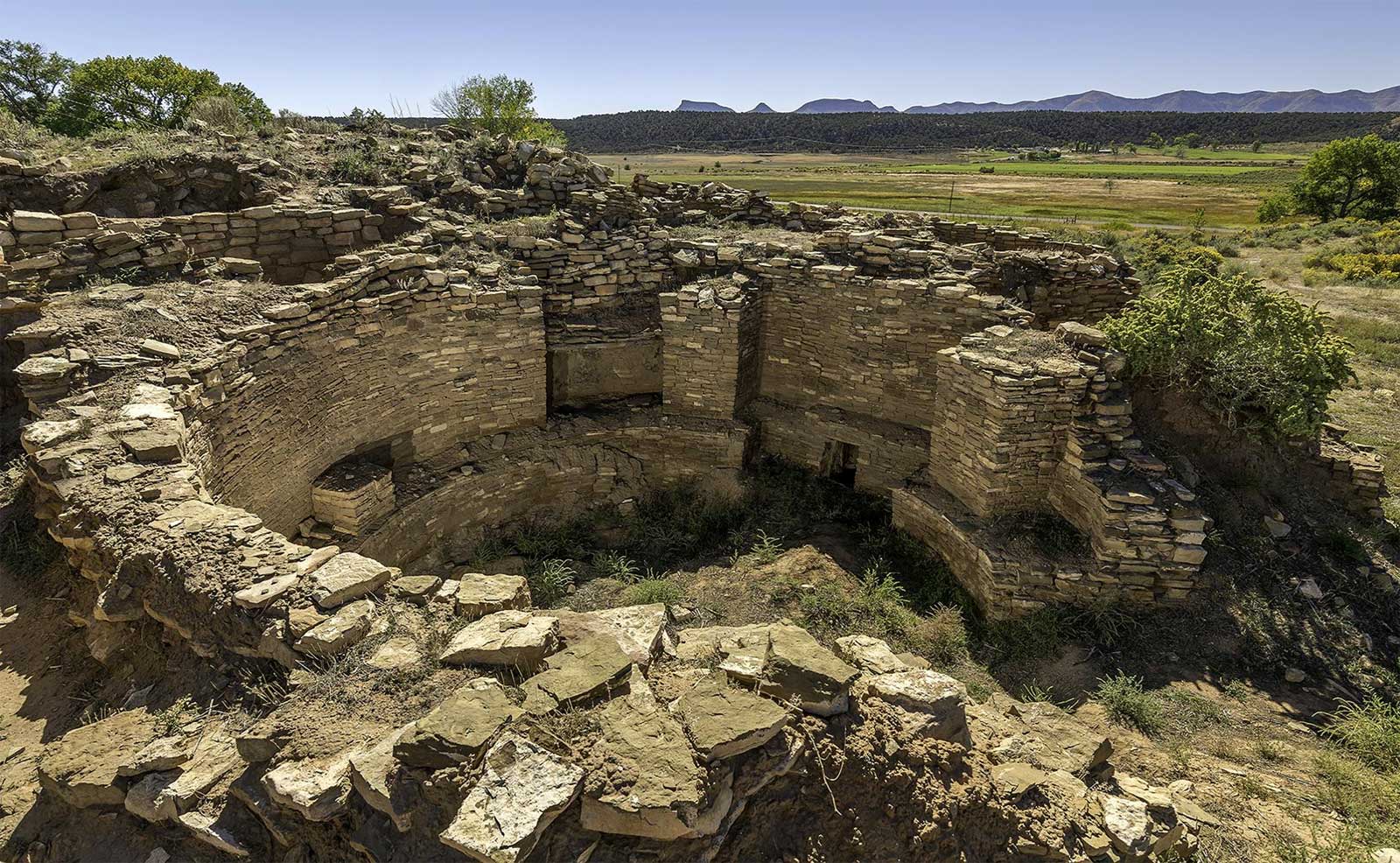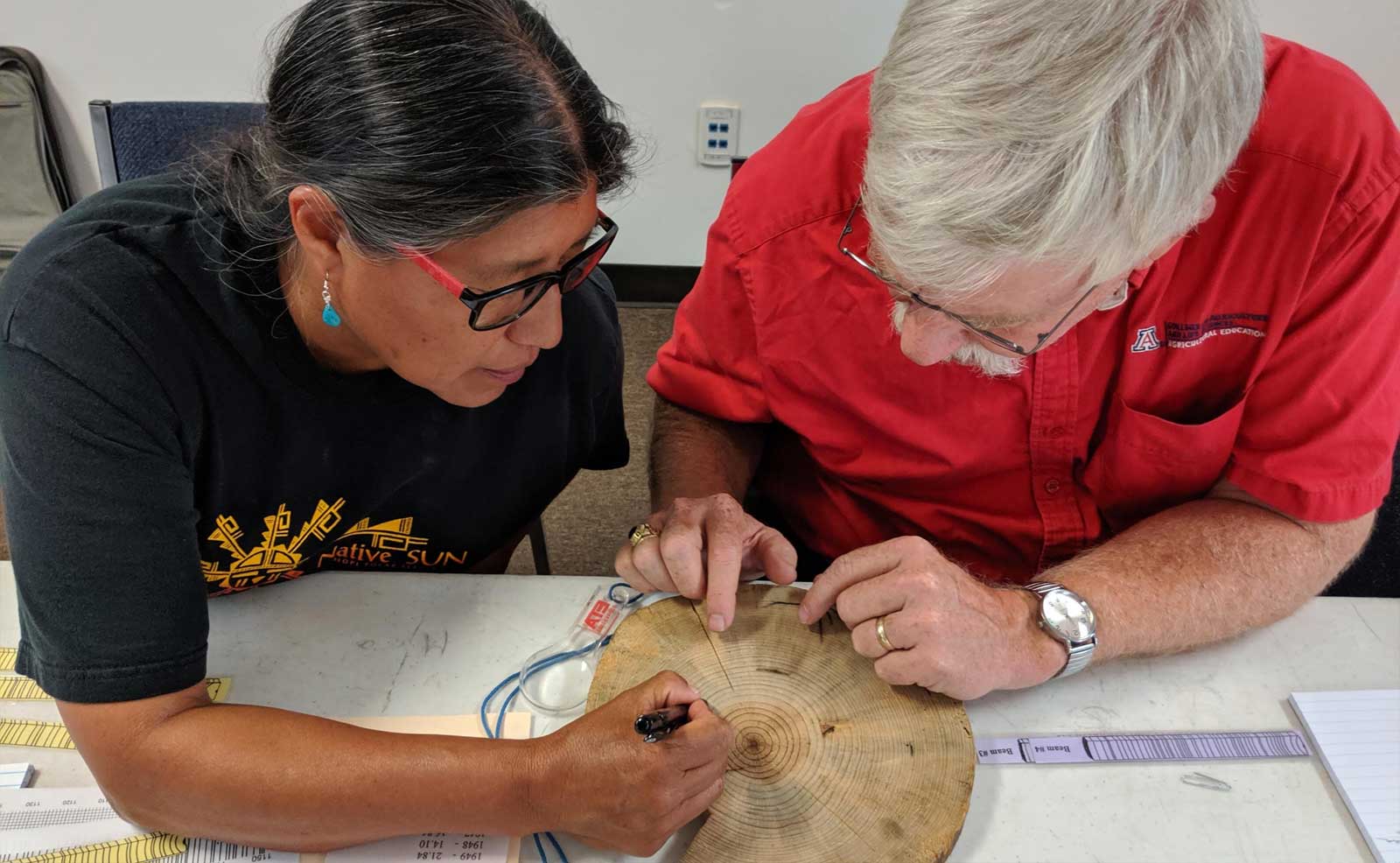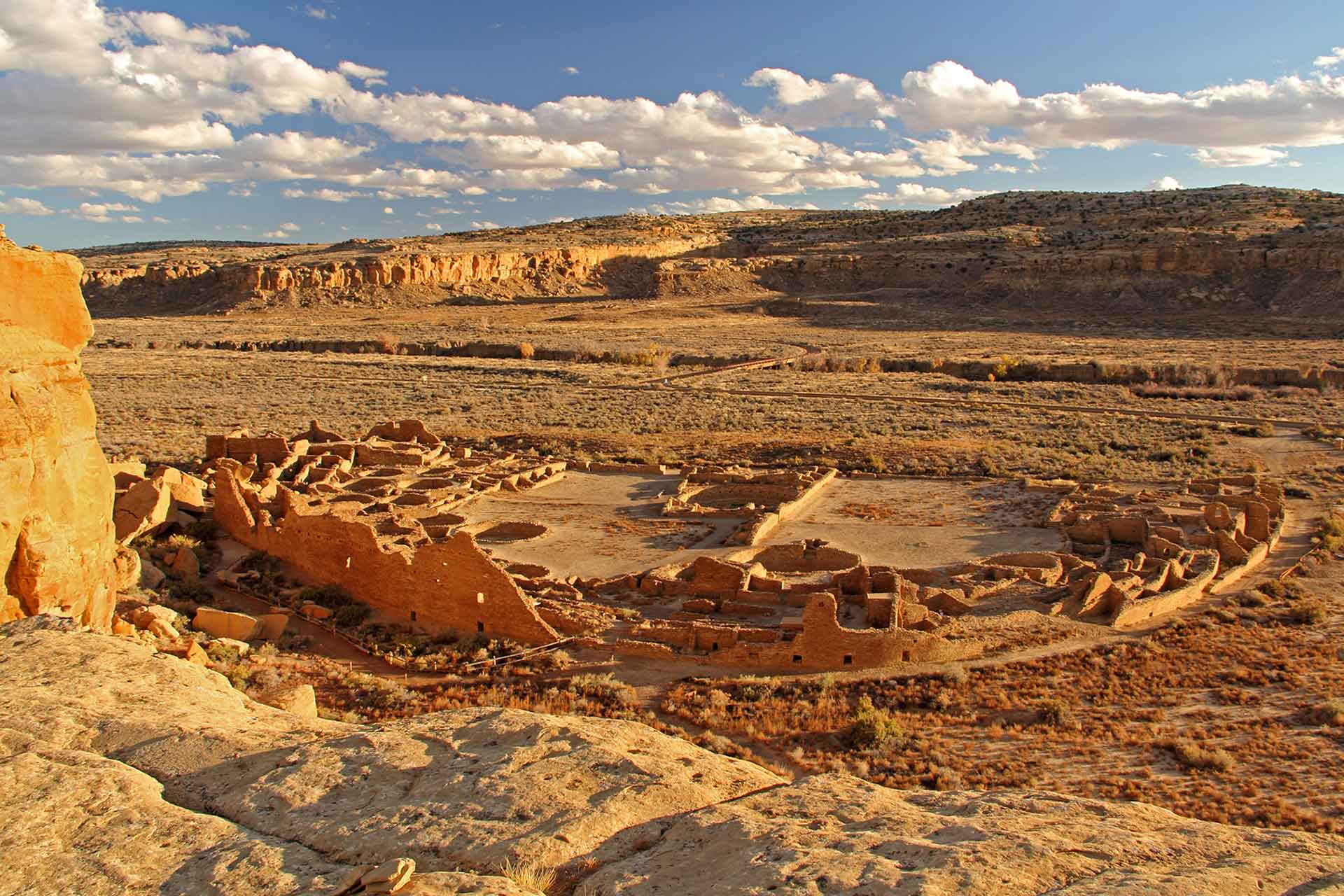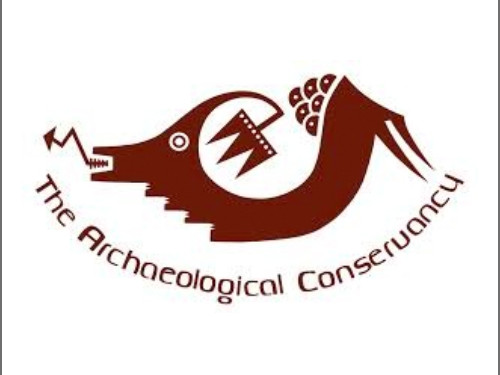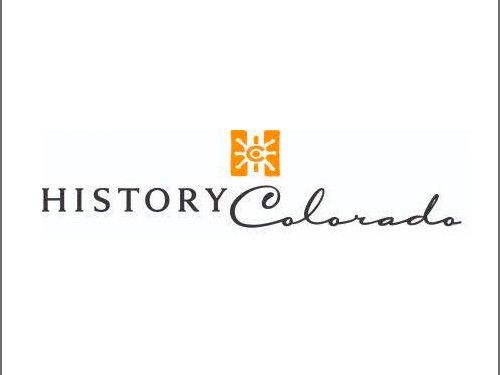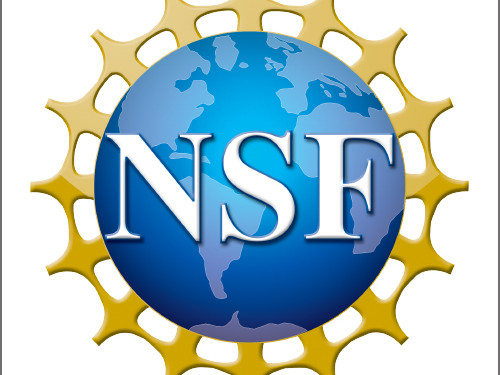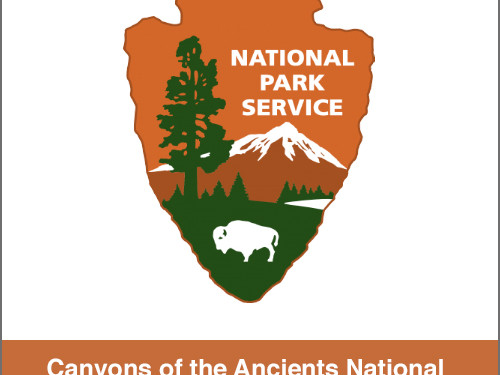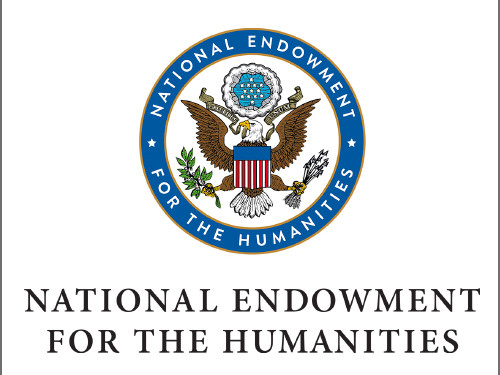Campus visits by appointment only
Upcoming Events
Get involved
Check out our free Discover Archaeology webinar series every Thursday led by renowned researchers, cultural specialists, tribal members, academics, and experts.

Online Resources
Research and education at your fingertips
Access research databases, publications, lesson plans, manuals, guides, and more…

Advance the Mission
Become a vital partner
Your gifts support groundbreaking archaeological research and transformative education programs.

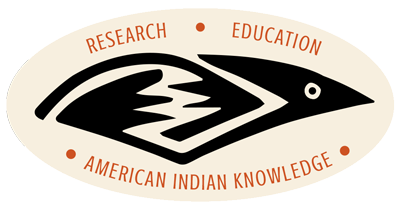
Why Crow Canyon
Crow Canyon was founded on the idea that members of the public can play an important role in scientific research.
We believe…
![]() The study of the human past is an intrinsically worthwhile endeavor that creates more informed and sustainable societies.
The study of the human past is an intrinsically worthwhile endeavor that creates more informed and sustainable societies.
![]() Archaeology can provide the next generation of leaders the intellectual tools to explore the world and think critically.
Archaeology can provide the next generation of leaders the intellectual tools to explore the world and think critically.
![]() An experiential educational environment encourages students to actively participate in the learning process through hands-on activities and group discussion.
An experiential educational environment encourages students to actively participate in the learning process through hands-on activities and group discussion.
![]() There are many ways of knowing the past and this is best presented through multivocal education.
There are many ways of knowing the past and this is best presented through multivocal education.
STAY CONNECTED
Our weekly newsletter keeps you up-to-date on our programs, projects & people!



